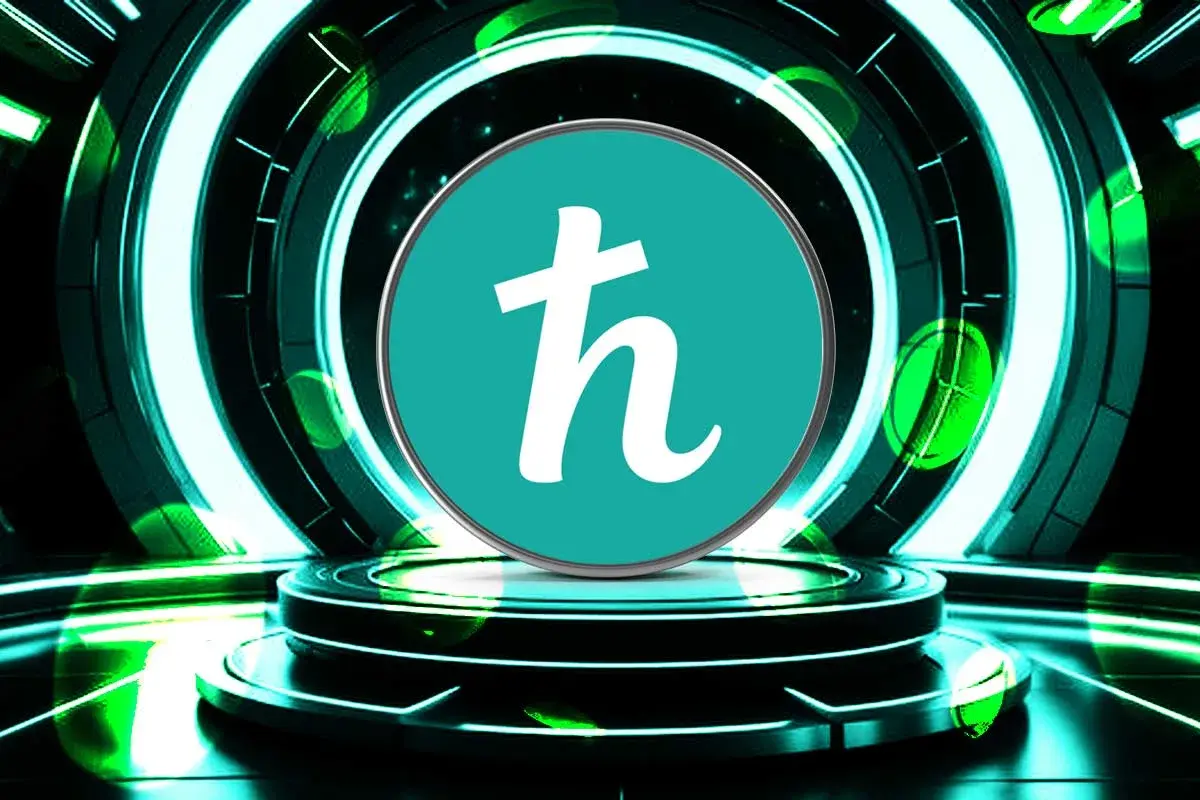Planck Launches GPU-Based Staking – No Hardware Required

Proof of Stake economy has given rise to a new concept. What was once GPU-based mining has now transformed, at least in some sectors, into GPU-based staking. Many see it as an optimal approach to earn from the PoS economy. This importance has further increased thanks to the emergence of AI. But the integration of AI has increased the computational requirement, which comes with its own set of issues.
Consumer-grade cards, like the Nvidia RTX 3090, may generate around $0.20 per hour. And enterprise-grade GPUs such as the Nvidia H100, H200, or B200, can earn $2 to $3.50 per hour when hosted in Tier 3 or Tier 4 data centers. However, they are very cost intensive.
Planck’s staking platform removes these barriers, offering a staking model that lets investors tap into high-end GPUs without owning or managing hardware. It leverages a liquid staking process at the start, which involves users to purchase PLANCK tokens and commit them to the platform’s staking pool for a set period. Rewards depend on the staked amount and duration.
In return, stakers receive LPLANCK tokens, which represent their liquid stake. These tokens can then be staked into co-staking pools. Co-staking pools are pools that are connected to each other and to professional GPU hosts in Tier 3 or Tier 4 data centers. Advanced GPUs, such as H100s, H200s, and B200s, are found in these centers and are leased out to AI companies worldwide.
Dual Revenue Streams that Planck Focuses On
Listed below are the 2 revenue streams that Planck relies on:
- Liquid staking distributions: Through this approach, stakers receive a monthly share of the platform’s token supply daily. The returns they receive are proportional to their stake.
- GPU leasing profits: Planck also lets users earn a portion of the rental income generated when GPU rigs are leased to AI firms. This branches out into another avenue to generate income, which is the network connectivity management fee.
This dual-income system lets users interact with the AI compute market without handling hardware maintenance, cooling systems, internet reliability, or energy costs. Planck leaves the management of the GPUs, ensuring optimal performance and uptime for the professionals
Focusing on High-Performance Computing
Planck’s co-staking model is designed to aid the AI industry’s growing need for reliable, high-performance computing. The primary goal of the project is to eliminate shortfalls such as high costs and technical complexity.
The process sticks to conventional. The platform only requires users to stake tokens for initial participation. They can then choose from the list of staking pools and earn from this hardware-based staking paradigm.




